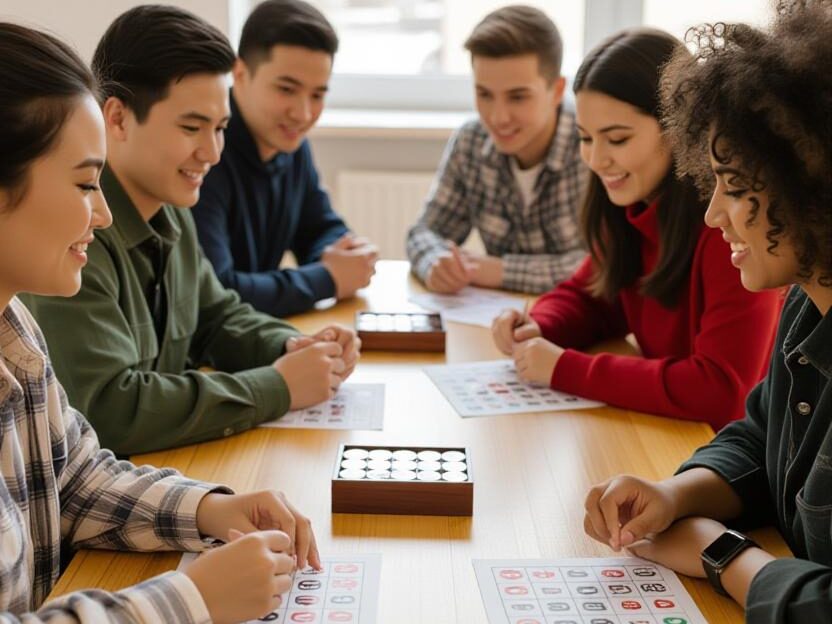As educators, we know that a strong classroom community fosters engagement, supports learning, and empowers students to thrive. Building a collaborative classroom culture isn’t just about group projects—it’s about creating an environment where students feel valued, connected, and motivated to work together toward shared goals. In this blog post, we’ll explore practical strategies to cultivate collaboration and community in your classroom, aligning with the September theme of Building Learning Communities.
Strategies for Building a Collaborative Classroom Culture
Here are five actionable steps to create a collaborative and inclusive classroom environment:
1. Set the Tone with Community-Building Activities
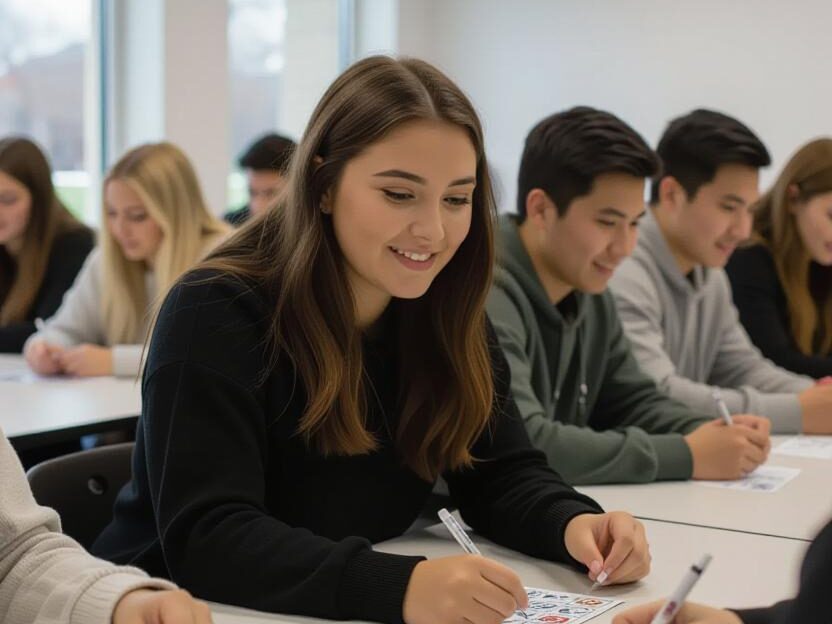
Start the school year with activities that help students get to know each other and build trust. Icebreakers like “Two Truths and a Lie” or “Human Bingo” encourage students to share about themselves in a fun, low-pressure way. For example, in Human Bingo, students mingle to find classmates who match prompts like “Has traveled to another country” or “Loves to read.” These activities break the ice and lay the foundation for a connected classroom.
Tip: Revisit community-building activities throughout the year, not just in September. Quick “check-in” activities, like sharing a weekend highlight, keep the sense of community alive.
2. Establish Shared Classroom Norms
Collaboration thrives when everyone understands the expectations. Involve students in creating classroom norms to give them ownership of their learning environment. Guide a discussion where students brainstorm rules, such as “Listen respectfully” or “Celebrate everyone’s ideas.” Write these norms on a poster and display them prominently.
Tip: Revisit the norms regularly and reflect on how well the class is upholding them. This reinforces accountability and keeps collaboration at the forefront.
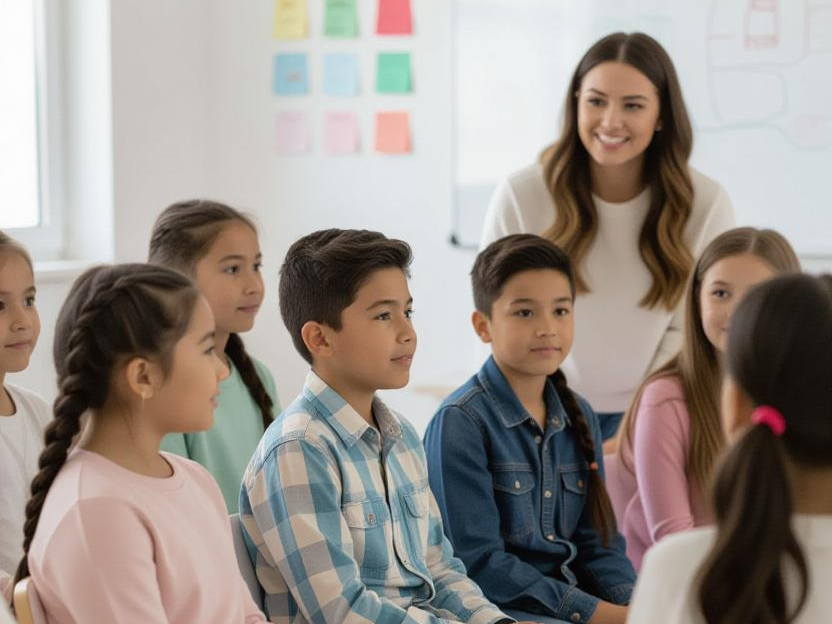
3. Design Collaborative Learning Experiences
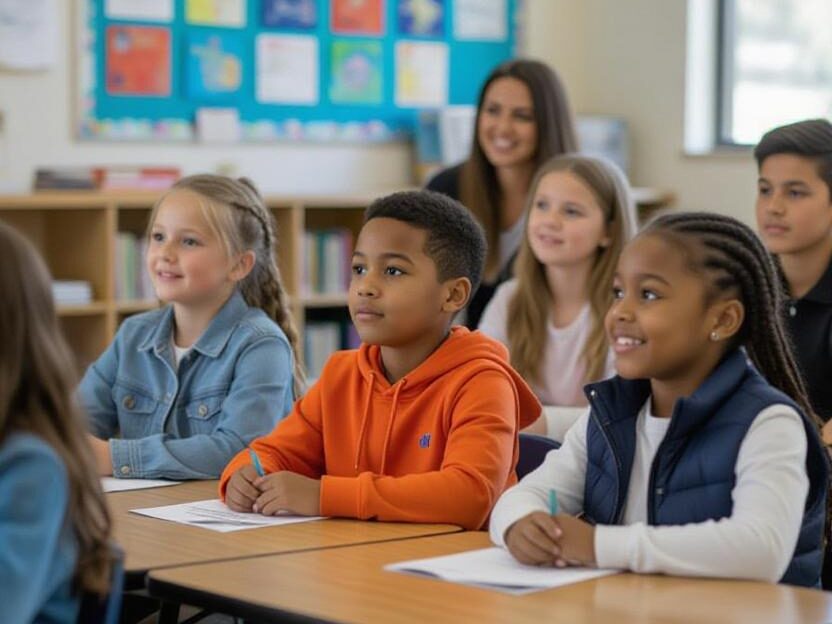
Tip: Teach collaboration skills explicitly, like active listening or constructive feedback, to help students work effectively in groups.
Incorporate group activities that encourage students to work together toward a common goal. For example, try jigsaw activities, where each student researches a piece of a topic and teaches it to their group, or project-based learning, where teams tackle real-world problems. These activities build interdependence while allowing students to shine in their unique strengths.Example: In a science class, assign groups to design a sustainable mini-city. Each student could take on a role like urban planner, engineer, or environmentalist, ensuring everyone contributes to the final project.
4. Foster Inclusivity and Equity

A collaborative classroom ensures every student feels seen and heard. Use strategies like “Think-Pair-Share” to give quieter students a chance to contribute in smaller settings before sharing with the whole class. Rotate group roles (e.g., facilitator, note-taker, timekeeper) to ensure equal participation. Be mindful of diverse backgrounds and perspectives, and celebrate them through culturally responsive teaching.
Tip: Check in with students individually to understand their needs and adjust group dynamics to prevent exclusion.
5. Celebrate Collaboration and Reflect
Recognize and celebrate moments of successful teamwork. Highlight specific examples, like when a group resolved a conflict or produced an outstanding project. Encourage reflection by asking students to share what worked well and what they could improve in their collaboration. This reinforces the value of working together and helps students grow as team members.
Example: Create a “Collaboration Spotlight” bulletin board to showcase group achievements, like photos of a successful project or quotes from students about teamwork.
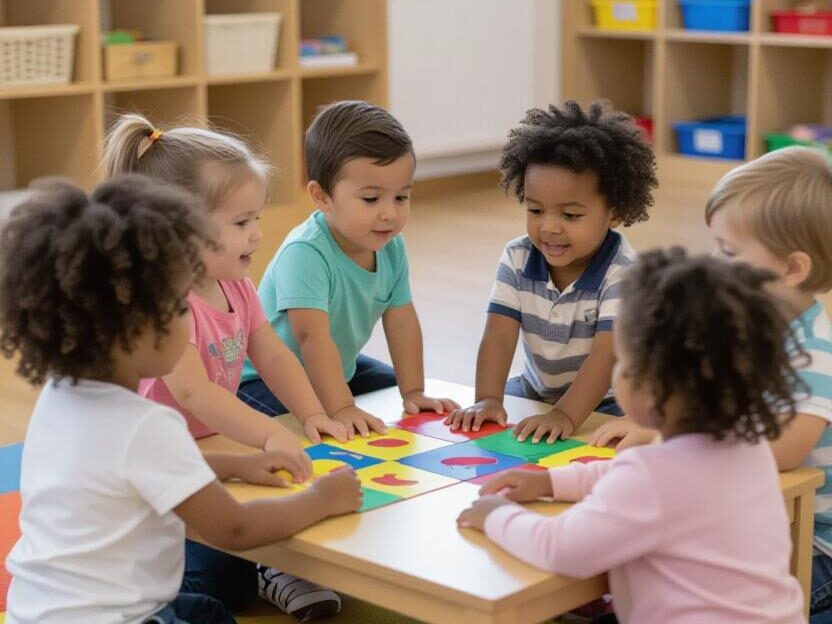
Overcoming Common Challenges
Building a collaborative classroom isn’t without hurdles. Here are two common challenges and how to address them:
- Challenge: Some students dominate group work while others disengage.
Solution: Assign clear roles within groups and use structured protocols, like timed contributions, to ensure everyone participates. Check in with groups to monitor dynamics and provide guidance. - Challenge: Students struggle with conflict during group work.
Solution: Teach conflict resolution skills early, such as using “I” statements (e.g., “I feel frustrated when…”) and practicing active listening. Create a “problem-solving corner” where students can discuss issues calmly with teacher support.
The Long-Term Impact
By prioritizing collaboration in September, you’re setting the stage for a year of meaningful learning. A strong classroom community not only boosts academic success but also nurtures empathy, communication, and resilience—skills students will carry into their futures. As you implement these strategies, you’ll see your classroom transform into a vibrant, supportive space where every student thrives.
Ready to build a collaborative classroom culture?
Start small: try one community-building activity this week and involve your students in setting norms. Share your experiences with colleagues or on social media to inspire other educators. Let’s make September the month we create learning communities that empower every student to shine! What’s your favorite way to foster collaboration in the classroom? Share your ideas in the comments below!

